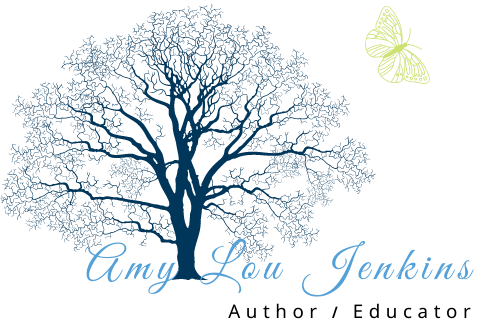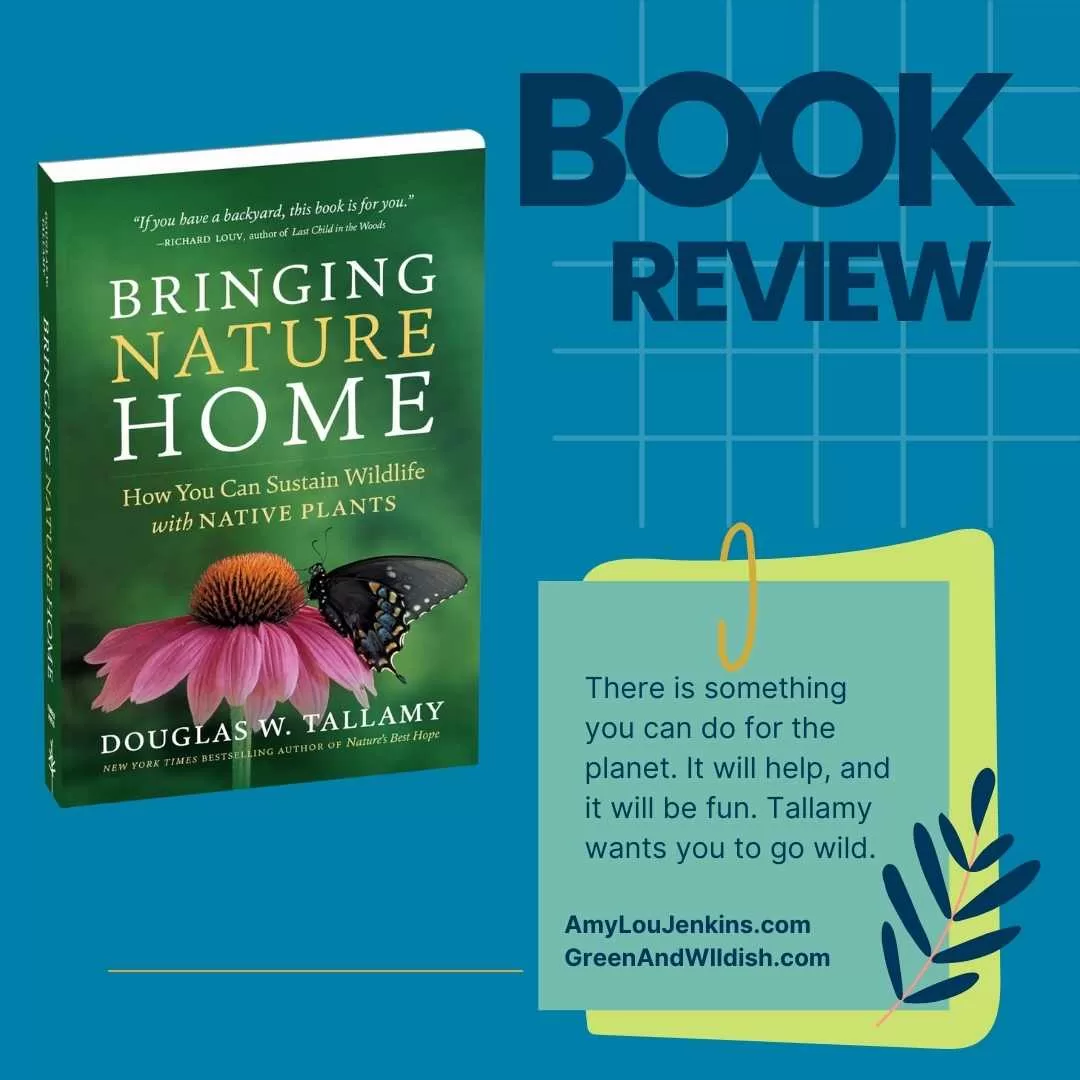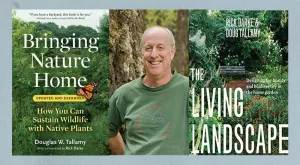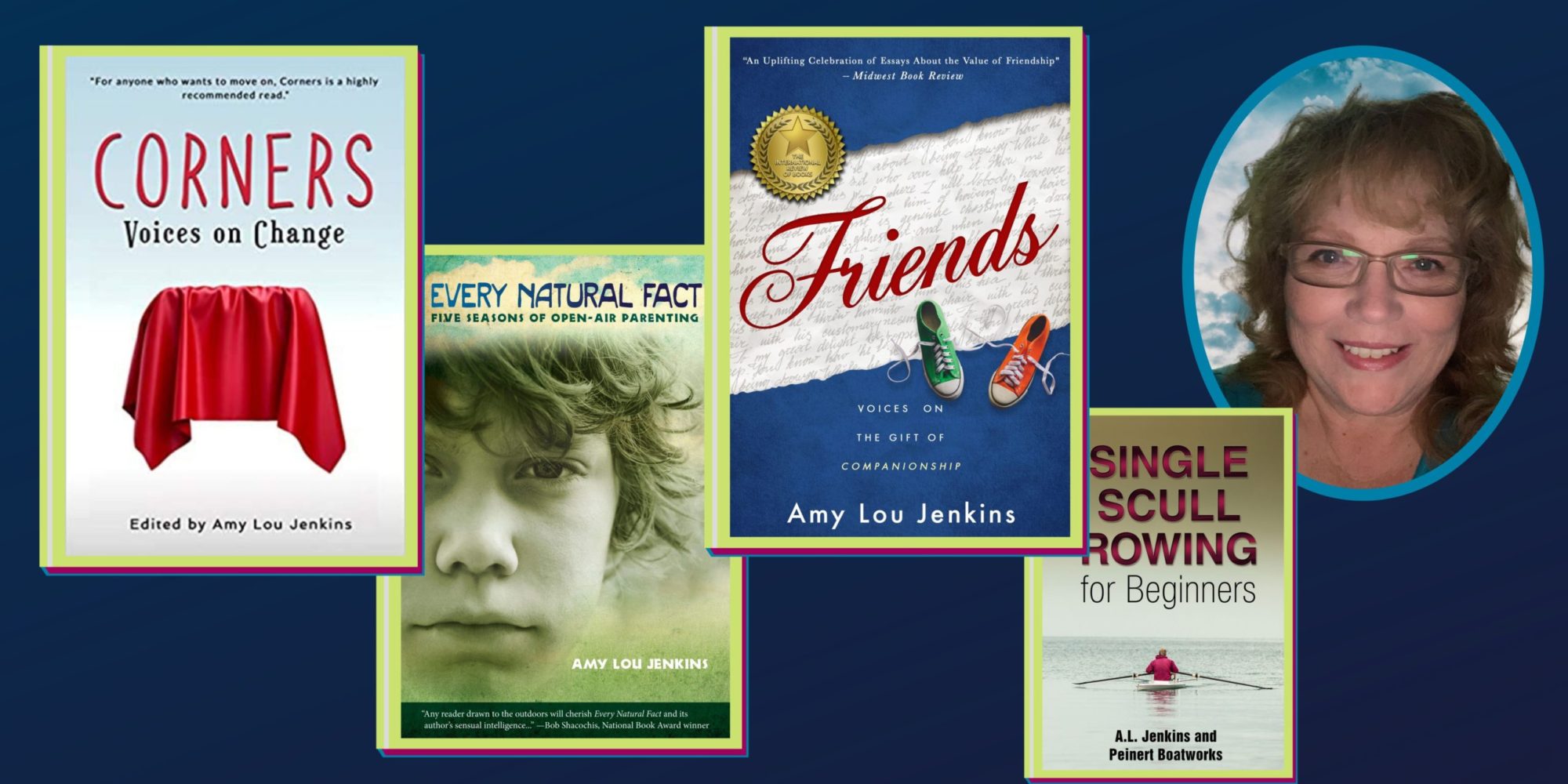BRINGING NATURE HOME: HOW YOU CAN SUSTAIN WILDLIFE WITH NATIVE PLANTS BY DOUGLAS W. TALLMAY, TIMBER PRESS BOOKS, UPDATED AND EXPANDED EDITION, 2018, 358 PAGES.
Native Plants are essential for every living thing- including you. For everyone who might choose a plant or tree for a garden, Tallamy wants you to be part of saving the world. He means this literally and will draw you into the fold of those who plant and lobby for a world that isn’t plummeting to mass extinctions.
There are so many terrible problems in the world, the call to learn about native plants that are bound to thrive in your garden seems very easy compared with most of the nation’s challenges. “We have taken and modified for our own use between 95 and 97 percent of all land in the lower 48 states … As far as our wildlife is concerned, we have shrunk the continental United States to 1/20th its original size … Unless we modify the places we live, work, and play to meet not only our own needs, but the needs of other species as well, nearly all species of wild life in the United States will disappear forever. This is not speculation.” The opening chapters lay out a grim possible future.
Native Plants and Research
Each assertion and analysis is buoyed by cited research. While the weight of the research is daunting, reversing the trajectory of loss is simple. Plant native trees, bushes, plants and vines. Enlarge gardens. Statistics and research offer hope and motivation. Plant an oak tree and support up to 534 species of butterflies and all the birds who eat those caterpillars. Consider the buttonbush, a native bush that, unlike the non-native butterfly bush, will offer food for all stages of life of over three dozen kinds of butterflies. Lists at the back of the book provide regional suggested plants and trees to begin the conversion.
Native Plants and Insects
Tallamy aptly seeks to convert every reader to understand, plant, and spread the native species fervor. His background as a professor of entomology and wildlife ecology affords him the chops to understand and teach his subject with advanced critical thinking. As a persuader, the book is rich in logic and ethics, yet it misses some opportunities for an emotional connection because of the author’s focus on insects.
Dozens of full-color pictures emphasize the rich cycle of insect life that will live and support other wildlife in a biodiverse yard. Pictures of diverse birds, and tidy and beautiful native gardens hosting butterflies might have enticed those less enamored with essential and endangered bugs. Tallamy has a rich understanding of how insects build the Edenesque ecosystems that sustain life, and he aptly explains the possibilities and probabilities. He’s drawn to insects, so his pictures emphasize the mostly hidden workings of a garden, even though that may not be the most effective marketing plan. There’s a charming nerdish and intelligent quality to this approach, which won’t diminish usefulness of the book or the bird, butterfly, and blossom count in your native garden.
Easier than you think to go Native
Comforting advice and answers make the conversion to sharing our land with local wildlife seem easy. Gardeners don’t have to dig out all their non-natives, just begin planting and replacing and enlarging with natives. Are hybrid improvements of natives okay to plant? In most cases, yes. Can a small yard with native plants matter? Absolutely, and even more so when nearby yards and public green spaces provide even more native habitat. Wildlife corridors promise a more diverse world. Monarchs on the Asclepias, Waxwings feeding on the dogwoods, and a Walking Stick near the oak. Tallamy convinces with details.
Resources for Your Backyard
Resource lists in the back of the book provide native plant lists for regions across the United States. Many local garden centers and landscapers do not promote nor understand how to use natives. They even discourage native plants. Gardeners can’t depend upon their local nursery or pop-up plant store to be their source for knowledge of native plants. Bringing Nature Home is required reading for those on the side of a healthier planet. There is something you can do for the planet. It will help, and it will be fun. Tallamy wants you to go wild.

Amy Lou Jenkins BSN MS MFA is the author of Every Natural Fact, Corners: Voices on Change and more. A version of this review previously appeared in Sierra Club Publication. Contact her through JackWalkerPress.com if you would like to send a book for possible review.



